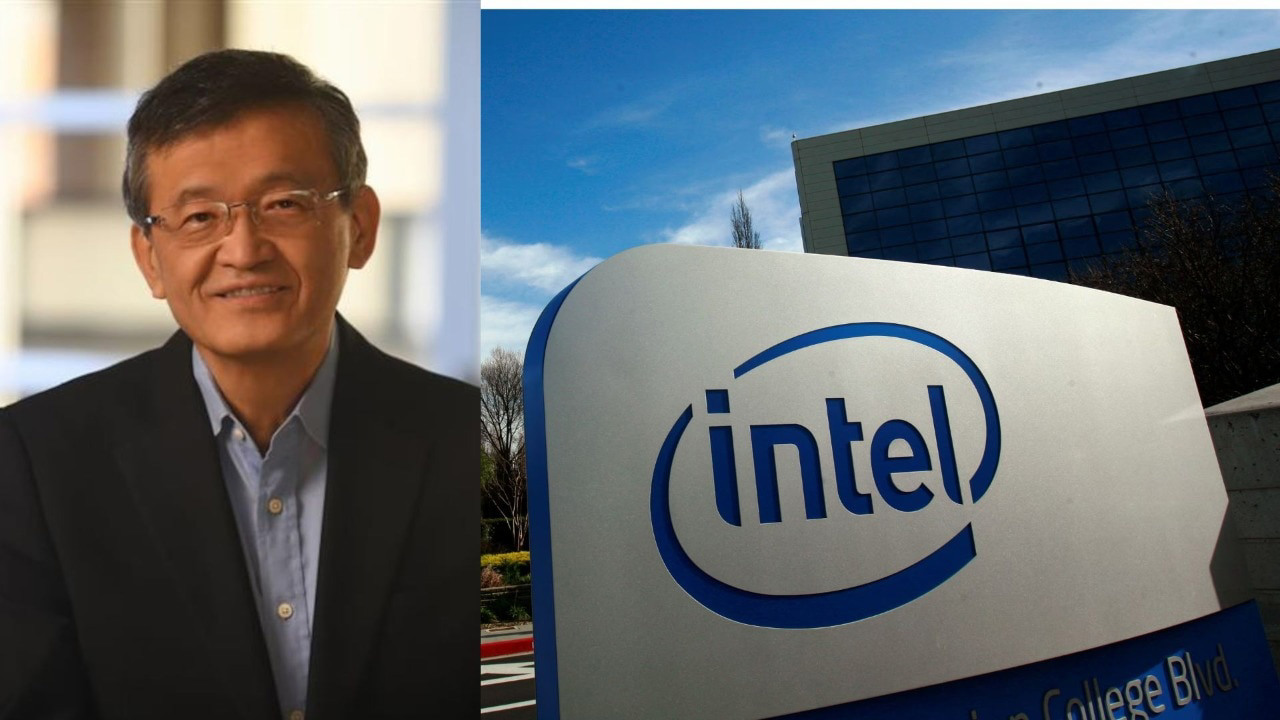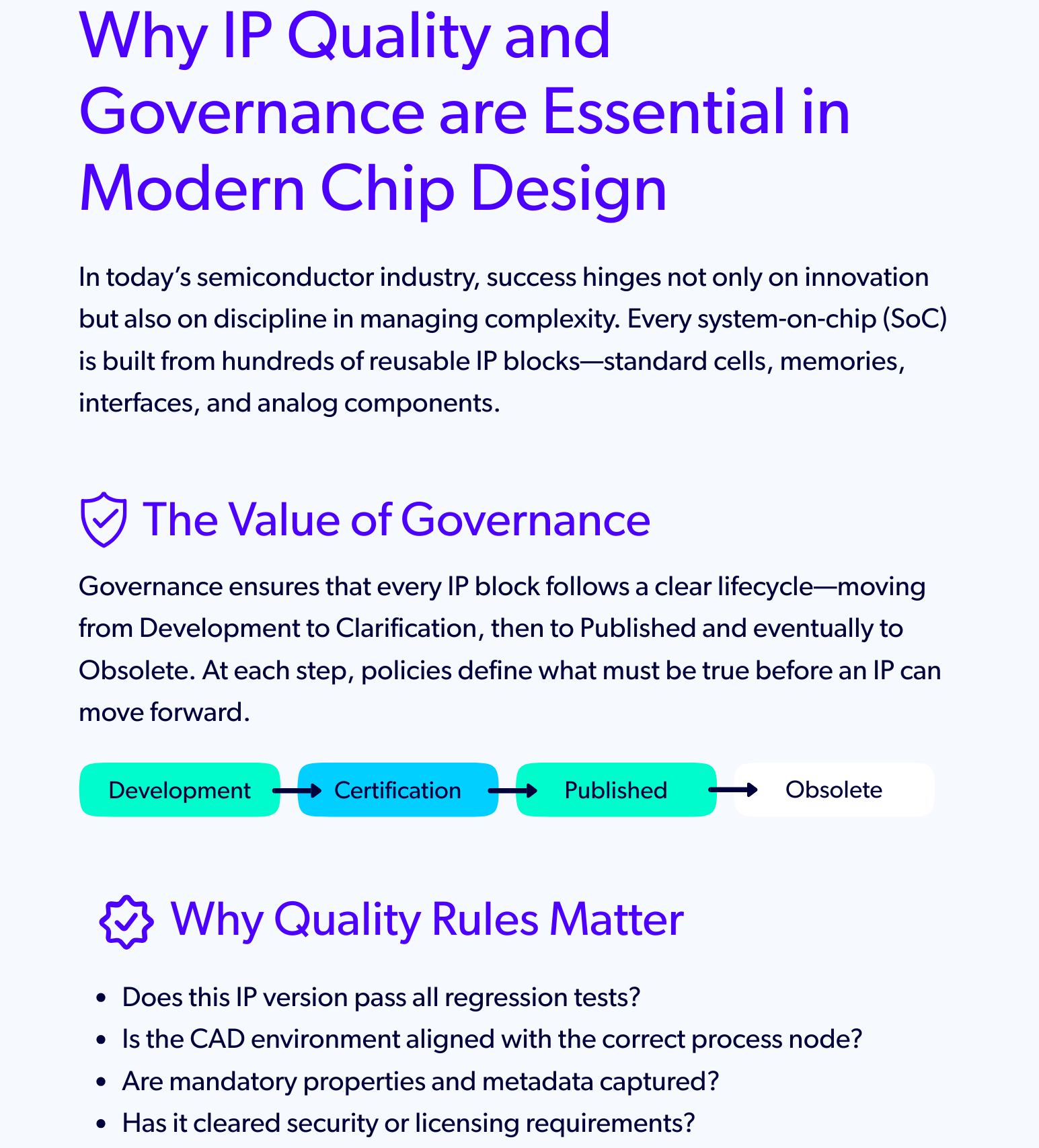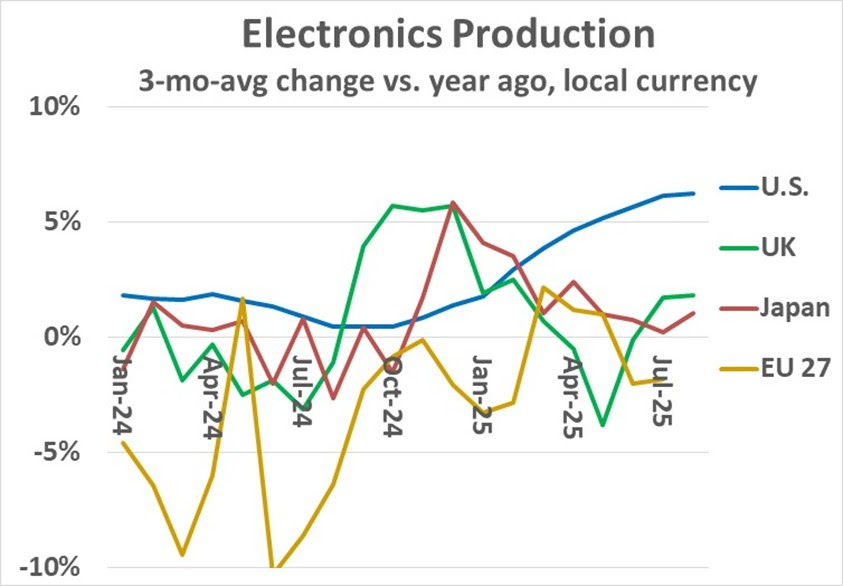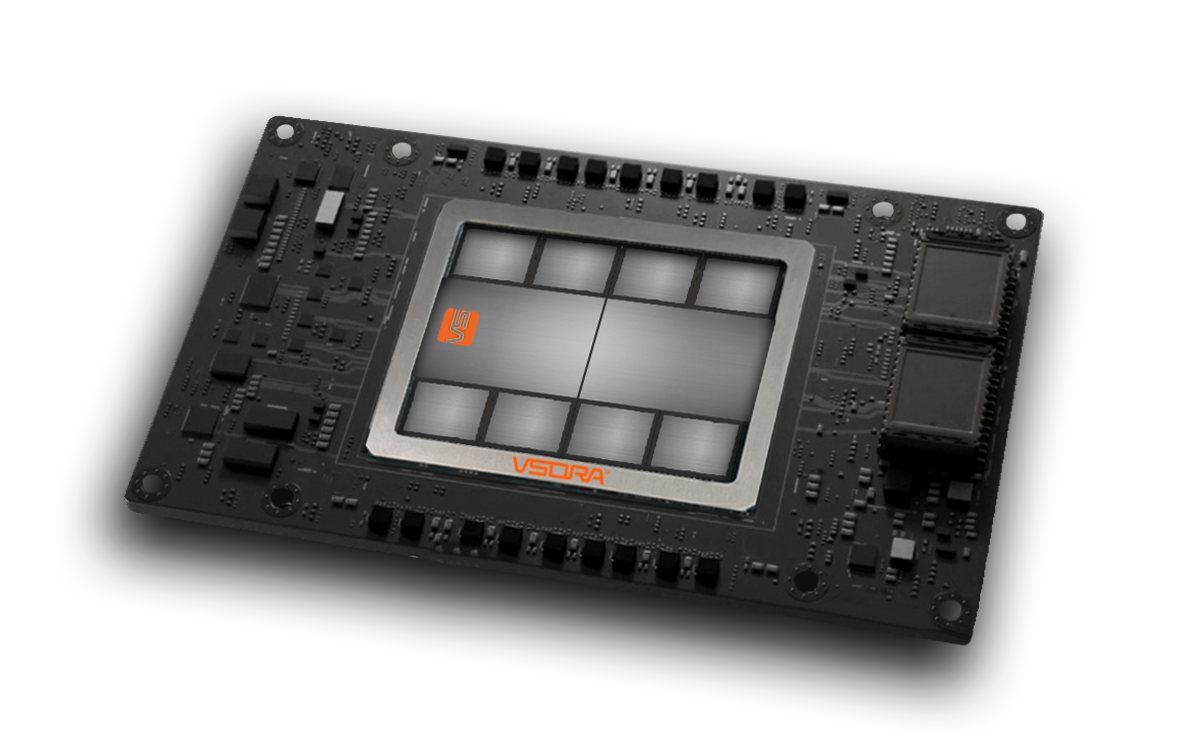Since Advanced Micro Devices announced their new Radeon Technologies Group (RTG), many have wondered what direction the graphics division would go with its new-found autonomy. The new RTG group within Advanced Micro Devices is still a wholly-owned division of the company but still potentially ripe for acquisition or spinoff.… Read More
 Intel to Compete with Broadcom and Marvell in the Lucrative ASIC BusinessThe second chapter of our book “Fabless: The…Read More
Intel to Compete with Broadcom and Marvell in the Lucrative ASIC BusinessThe second chapter of our book “Fabless: The…Read More Why IP Quality and Governance Are Essential in Modern Chip DesignBy Kamal Khan In today’s semiconductor industry, success…Read More
Why IP Quality and Governance Are Essential in Modern Chip DesignBy Kamal Khan In today’s semiconductor industry, success…Read More U.S. Electronics Production GrowingU.S. electronics production has been on an accelerating…Read More
U.S. Electronics Production GrowingU.S. electronics production has been on an accelerating…Read More Inference Acceleration from the Ground UpVSORA, a pioneering high-tech company, has engineered a…Read More
Inference Acceleration from the Ground UpVSORA, a pioneering high-tech company, has engineered a…Read MoreFinFET will finally arrive for GPU’s in 2016
It used to be that GPU chips moved to new process nodes pretty frequently, previously as often as annually. That is up until 2011. That was the year that 28nm GPU’s were unveiled. Since then there has been a long pause. Now in the wake of the 2016 CES both Nvidia, with its previously announced Pascal, and AMD, with the just announced Polaris,… Read More
Privacy – the Other Face of Security
Security gets a lot of tech press, privacy not so much. A lot of the problem is that while we each know intuitively what we mean by privacy, pinning down an actionable definition is surprisingly tricky, especially when we require that it not intrude in other ways on our rights. Privacy rights are not absolute (you don’t have … Read More
What’s Eating Silicon Valley
Like most people, I look up to and admire the heroes of Silicon Valley (the real ones, not the ones from the TV show). They’ve given rise to services (e.g., Google, Facebook, Uber, LinkedIn, Airbnb) that we use every day and make the world a better place. They’ve created value, wealth, and opportunity at unprecedented historic levels.… Read More
Should there be a 5-second IoT chip rule?
Kids have a tendency to put things in their mouths. Any parent can relate to the statement, “Put that down! You don’t know where it’s been!” After the first child, concern usually relaxes quite a bit. People joke about a 5-second rule on the premise if an object was just dropped on the floor, it may not be contaminated yet.… Read More
Freescale: The End of a Long Journey – Part II
There is a famous story about Bill Gates’ mother, Mary Maxwell Gates, asking guests on a dinner table about the single biggest factor that contributed to their success. The answer of Bill Gates and Warren Buffet was the same: Focus.… Read More
NIGHTWATCH Smart Halter: A Great Example of ARM’s IoT Ecosystem Innovation And Diversity
We’ve all seen examples over the past few years of complex IoT technology solutions to help solve real-world problems from a variety of small companies. In fact, last year while I was at the ARM Holdings annual industry analyst conference and TechCon, a gathering of the ARM ecosystem powers, you could find hundreds, if not thousands… Read More
Internet of Things 2015 Year End Review (2): A Patent Perspective of Emerging IoT Products
Smart Home Robots
US20140207282 illustrates a household robot that can take care of your home. The household robot can monitor the state of a home, clean the home and turn on/off various appliances for you automatically and transmit the surveillance data to you in an emergency condition detected by the robot. As illustrated in … Read More
Urban Mobility – Innovative Solutions to Tough Challenges
Challenges of urban mobility are not only traffic congestion and accidents, but also pollution level, energy efficiency, cleaner, safer, and reliable environment. Cities in Asian region, specifically India and China are struggling to control extra-high level of pollution on this date. In Delhi, the first brute force attempt… Read More
Cycling Product Update from CES 2016
Cycling is part of the overall fitness industry which is enjoying a surge of new semiconductor-enabled devices to help us measure our progress, so at CES 2016 there’s plenty of activity on this front. I’ll highlight some of the more notable new product developments from the show.… Read More



PDF Solutions Charts a Course for the Future at Its User Conference and Analyst Day